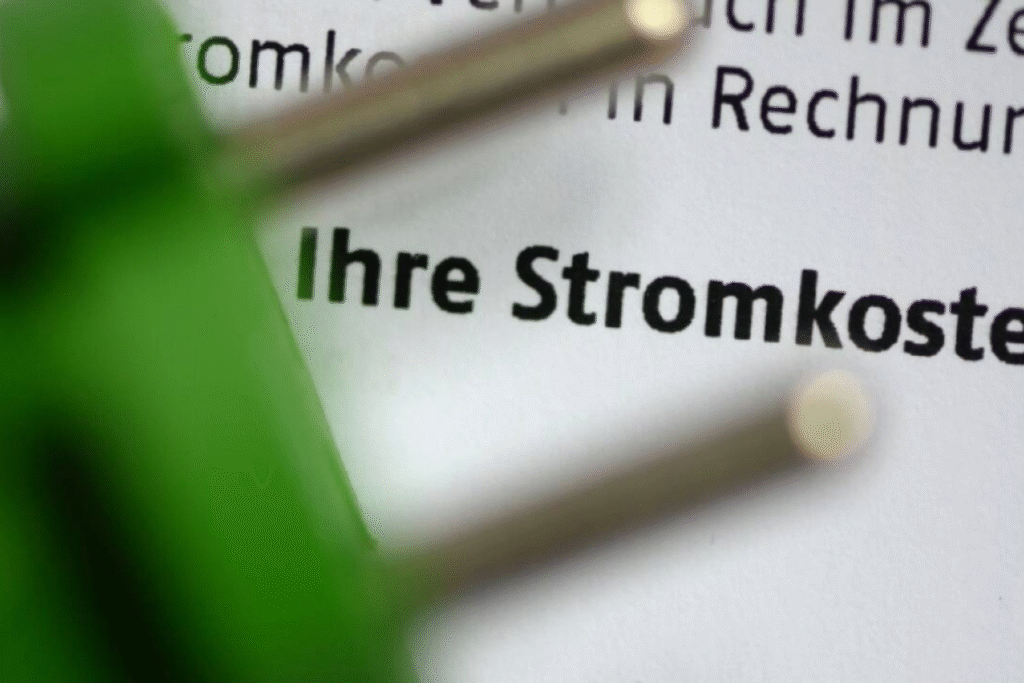
Energy costs remain a major concern for Austrian households this year. Nearly nine out of ten households are trying to save energy, according to the Energy Price Monitor by consulting firm EY. Almost half of all households already have to cut back due to higher energy costs, and 17 percent of respondents said they currently cannot pay their bills on time.
As last year’s figures show, Austrians remain reluctant to switch electricity providers despite the financial burden. Even though prices have dropped compared to 2023, four out of ten respondents said they were considering a change, but in reality, only 17 percent have actually switched providers.
Higher Electricity Costs
Around 46 percent of respondents said their electricity bills were higher this year than last year. Fourteen percent reported price increases of at least 31 percent, while 3 percent said their costs rose by more than 61 percent. About one-quarter reported unchanged prices, and 20 percent said their bills were lower, though few saw a significant reduction. Last year, 35 percent reported lower electricity bills compared to the previous year, while 31 percent reported higher ones.
Regarding grid fees, 57 percent of respondents said their electricity network charges had increased, while 49 percent noticed higher gas network fees on their bills.
Incentives For Alternative Energy Needed
Among energy sources, respondents most commonly cited electricity, followed by district heating and gas. About one-fifth (21 percent) of households use self-generated electricity, with half of those having home storage and one-third planning to purchase one.
One in five households heats with pellets, wood chips, or firewood—mainly in rural areas. Eight percent still heat with oil, down from 11 percent last year, with more than one-third of this group planning to switch to another heating system. Alternative methods such as air/water heat pumps (around 10 percent), solar thermal systems (7 percent), or biomass (1 percent) have yet to gain widespread adoption. More incentives are needed to promote these options, said Christina Khinast-Sittenthaler, head of EY Austria’s energy sector.

